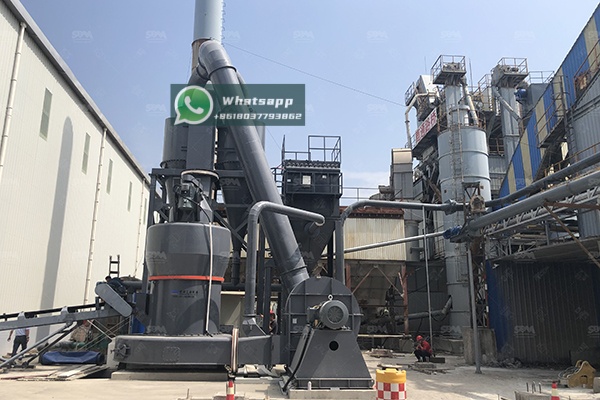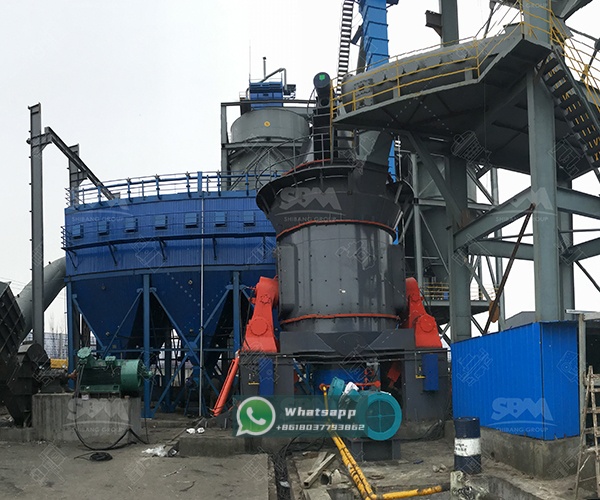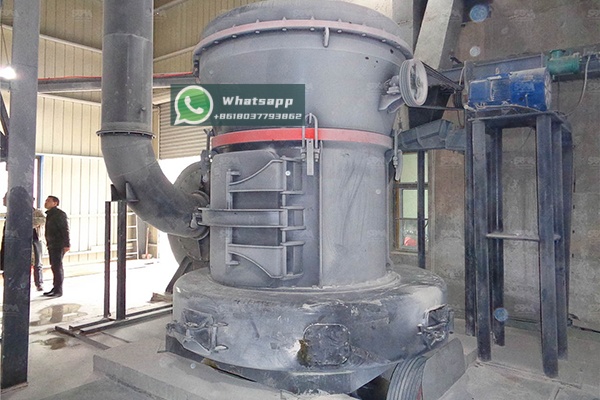The engineered stone industry has witnessed exponential growth, driven by its aesthetic appeal, durability, and versatility in applications ranging from kitchen countertops to architectural facades. At the heart of this material is quartz, typically comprising over 90% of the composition, bound together with polymer resins. The quality, consistency, and physical properties of the final product are intrinsically linked to the quality of the quartz powder used. This places immense importance on the grinding process, where European-engineered milling technology plays a pivotal role in achieving the precise particle size distribution and purity required for high-grade engineered stone.
Quartz, or silicon dioxide (SiO₂), is a hard and abrasive material with a Mohs hardness of 7. Grinding it to the required fineness is a significant industrial challenge. The goal is not merely to reduce particle size but to produce a controlled distribution of grains. A well-graded particle size distribution ensures optimal resin absorption, leading to a product with high mechanical strength, low porosity, and a consistent, non-gritty surface finish. Inconsistent or coarse particles can lead to weak spots, poor surface polish, and increased resin consumption, negatively impacting both quality and production costs. Therefore, selecting the right milling solution is not an operational detail but a strategic decision.

Several specific challenges must be addressed by any milling system intended for quartz processing:
European mill manufacturers have long been at the forefront of developing robust, efficient, and intelligent grinding solutions. Their approach combines advanced mechanical design with process automation and a deep understanding of material science. Key technological advancements include:
While European engineering provides the blueprint, its principles are expertly embodied in the advanced grinding equipment manufactured by Shanghai Zenith Machinery Co., Ltd. Zenith has made great achievements in the field of ultra-fine powder grinding, specializing in the research, development, and production of industrial powder grinding equipment. For the specific demands of the engineered stone industry, two of their products stand out as exemplary solutions.
The LM Vertical Grinding Mill is an ideal choice for large-scale quartz processing plants. Its vertical structure integrates crushing, grinding, powder selection, drying, and material conveying into a single unit, resulting in a small occupational area and high efficiency. The material bed grinding principle minimizes metal-to-metal contact, reducing wear from quartz’s abrasiveness and ensuring higher product purity.
| Model | Plate diameter (mm) | Capacity (t/h) | Output fineness (μm) | Max feed size (mm) | Main motor (kW) |
|---|---|---|---|---|---|
| LM130K | 1300 | 10-28 | 170-40 | <38 | 200 |
| LM190K | 1900 | 23-68 | 170-40 | <45 | 500 |
| LM280K | 2800 | 50-170 | 170-45 | <50 | 1250 |

For producers targeting even finer grades of quartz powder or requiring exceptional product uniformity, the XZM Ultrafine Grinding Mill is the perfect solution. This mill is widely used for superfine powder production and can achieve an output fineness ranging from 325 to 2500 mesh. Its design is particularly suitable for grinding medium-hard materials like quartz with moisture content below 6%. The high-precision classifier ensures a sharp particle size cut, which is critical for achieving the perfect surface finish on premium engineered stone.
| Model | Working diameter (mm) | Max feed size (mm) | Final size (mesh) | Output (kg/h) | Main motor power (kW) |
|---|---|---|---|---|---|
| XZM221 | Φ800 | ≤20 | 325-2500 | 500-4500 | 75 |
| XZM268 | Φ1680 | ≤20 | 325-2500 | 5000-25000 | 315 |
The engineered stone market shows no signs of slowing down. To compete effectively, manufacturers must prioritize the quality and efficiency of their raw material preparation. Embracing European-designed milling principles, as realized in reliable and high-performance equipment from manufacturers like Shanghai Zenith Machinery, is a proven strategy. Investing in technology like the LM Vertical Grinding Mill for high-capacity production or the XZM Ultrafine Grinding Mill for precision finishing is an investment in product superiority, operational efficiency, and long-term profitability. By mastering the science of quartz grinding, producers can ensure they are building their success on a solid foundation.
